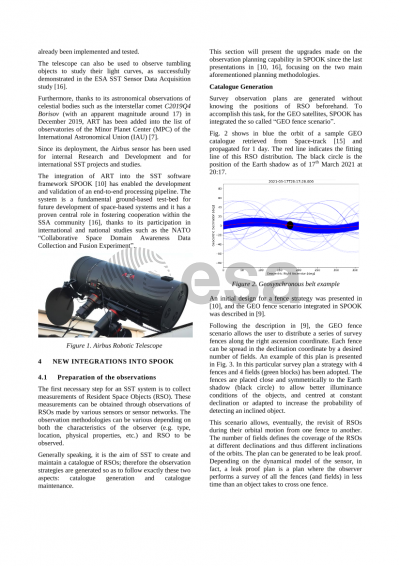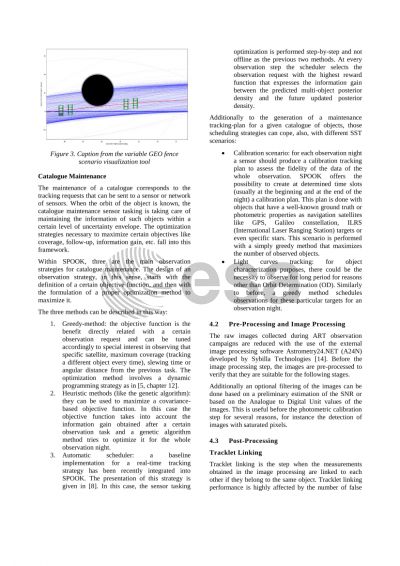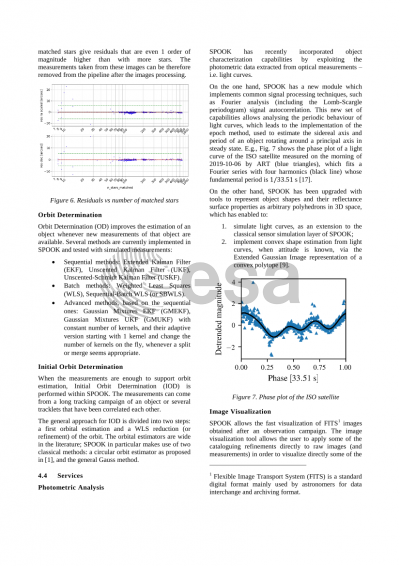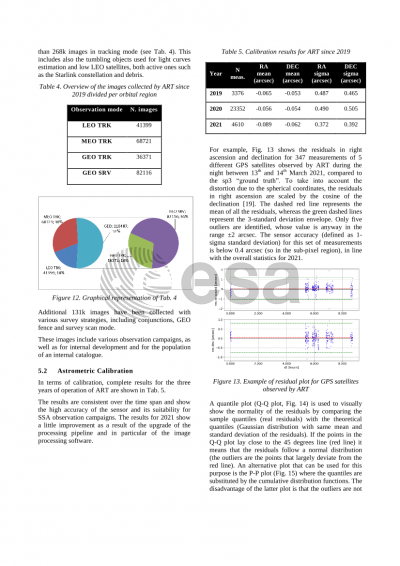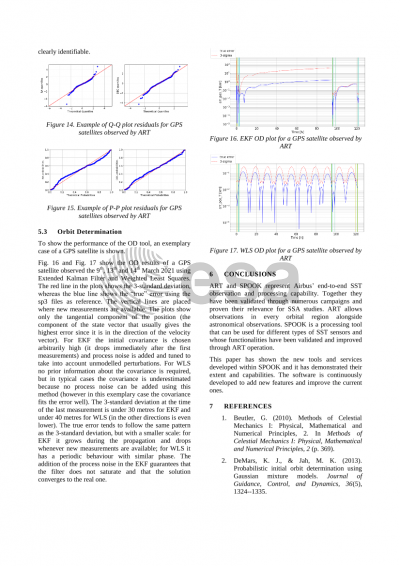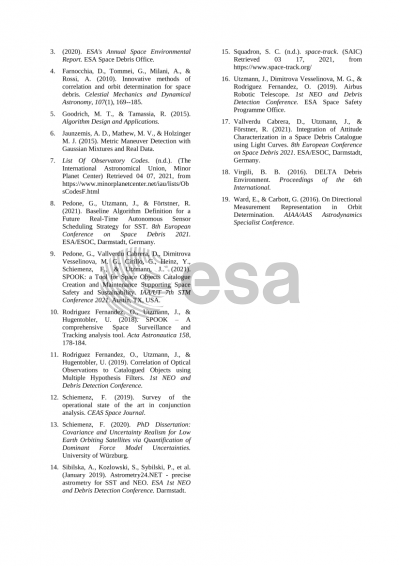Document details
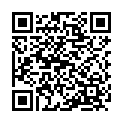
Abstract
The Special Perturbations Orbit determination and Orbit analysis toolKit (SPOOK) is a versatile software framework developed at Airbus, with the aim to support Space Surveillance and Tracking (SST) activities. The core characteristics of SPOOK were introduced on 2019 [1]. This paper will present the improvements and new features that have been integrated into SPOOK since then, and will give an updated high-level breakdown of its functionalities.
SPOOK provides the complete set of tools necessary for the SST cataloguing pipeline; these are tracklet linking of measurements, correlation with internal or external catalogues (e.g. Space-Track General Perturbation (GP) catalogue), Initial Orbit Determination (IOD) and Orbit Determination (OD). SPOOK can simulate realistic radar and optical measurements and export them in several standard formats. Furthermore, SPOOK has been upgraded with the capability to create different types of observation plans that can be used to task an arbitrary sensor. These include geostationary belt surveys, coverage-optimized tracking strategies for all classes of objects, including celestial bodies and known artificial objects (e.g. GPS), and calibration scenarios. Consequently, SPOOK is now able to create observation plans autonomously or based on specific user requests. Once observations have been performed, it can process the obtained images through external or internal tools in order to extract relevant features (astrometric and photometric quantities). Finally, other relevant SPOOK upgrades have been implemented; namely photometric analysis of optical measurements, maneuver simulation capabilities, conjunction analysis and visualization of the results through plots, tables and animations.
With the Airbus Robotic Telescope (ART) deployed by Airbus in June 2018, SPOOK has become an end-to-end (E2E) prototype of a ground-based SST data center. ART is a 40 cm aperture telescope equipped with a Charged Coupled Device (CCD) detector and an Ultraviolet Blue Visible Red Infra-red (UBVRI) filter wheel, located in Extremadura, Spain. Since 2018, the telescope has been performing observations for internal validation, research and within the scope of several studies for national, European and international customers. Furthermore, it has been added into the list of observatories of the Minor Planet Center (MPC) of the International Astronomical Union (IAU). The data gathered so far has been used to validate ART in terms of astrometric accuracy for different observation scenarios.
This paper will present the different levels of accuracy as a function of orbital region, from Low to Geostationary Earth Orbits (LEO and GEO respectively), and Signal-to-Noise Ratio (SNR) of the obtained measurements. It will describe how this accuracy is estimated, based on ART observations of ILRS and GPS targets and how the estimation is relying on SPOOK for corrections of the astrometric measurements, simulation of ground truth and result analysis.
Finally, this paper will give a summary of the observations performed so far, including coverage statistics per orbital region, the revisit rates of observed objects and the set of tools used for the analysis and testing of this workflow (e.g. calibration and correlation GUIs).
References:
1. Rodriguez Fernandez, O., Utzmann, J. & Hugentobler, U. (2019). SPOOK – A comprehensive Space Surveillance and Tracking analysis tool. Acta Astronatucia 158, 178-184.
Preview

